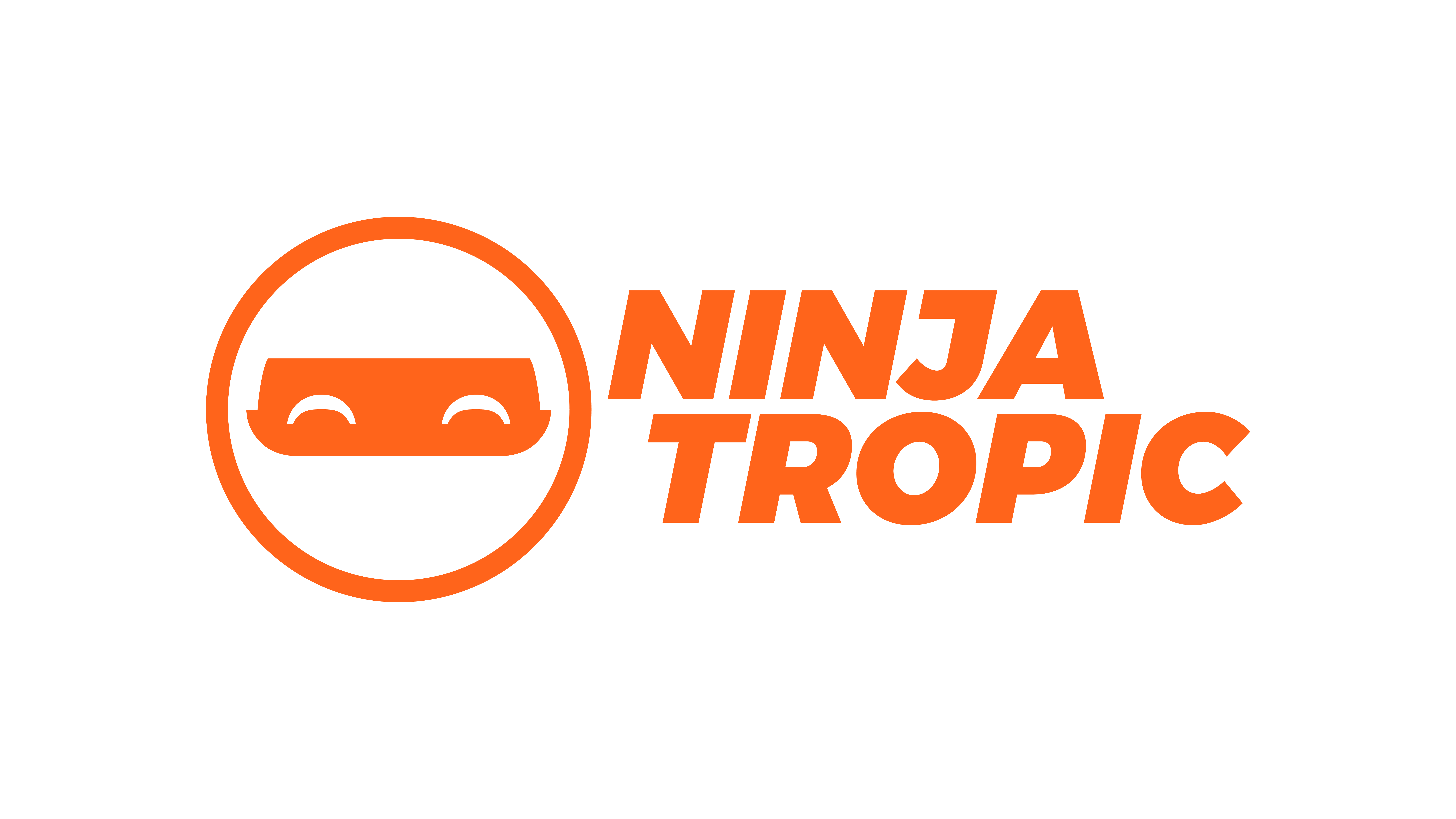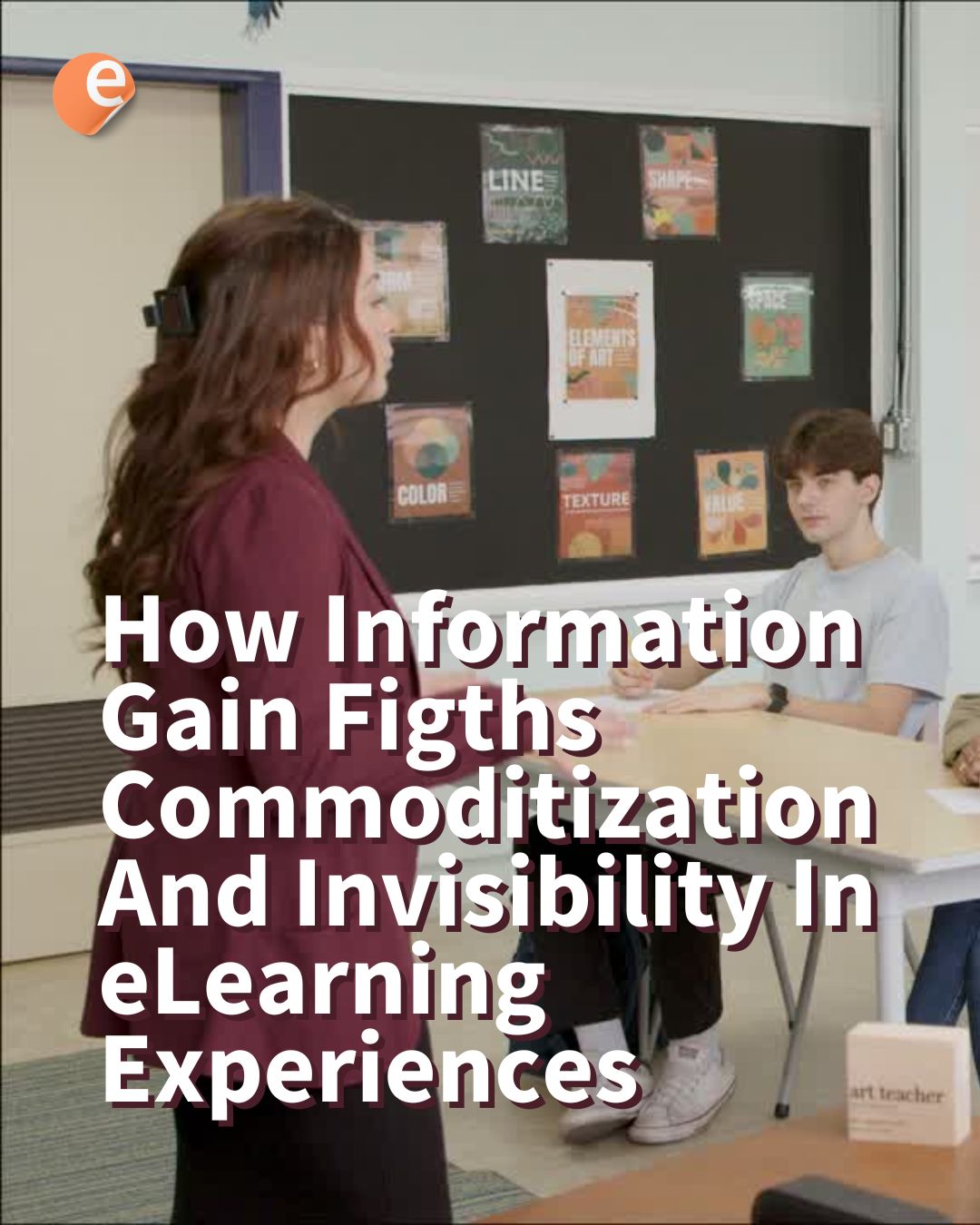This article is written in collaboration with Ninja Tropic and eLearn Magazine.
Let’s talk about microlearning in the context of your Learning Management System (LMS). Think of it as serving up gourmet, bite-sized learning experiences that are not only delicious but also incredibly nourishing for the brain. It’s about making the most of those quick coffee-break moments to deliver learning that sticks. So, how do you blend microlearning into your LMS to create a smooth, irresistible learning journey? Let’s dive in!
Modern LMS, modern learning: The appeal of microlearning
Imagine the most delicious brunch you’ll ever have. There’s unlimited access to all the food and drinks you can think of. But there is a “small” caveat: If you want some cake, you need to eat an entire one in one sitting. Fancy some mimosas? No problem, just point the firehose at your mouth, and brace yourself.
Overwhelming, right? That’s what traditional eLearning can sometimes feel like. Enter microlearning – the art of delivering learning in small, focused, self-contained bursts. It’s perfect for today’s learners who are juggling a million things and can spare only so much brain bandwidth for training. Microlearning fits into the nooks and crannies of our busy lives, making learning not just manageable but also enjoyable.
But this is just the beginning. A 2023 preliminary empirical research being done on flipped classrooms sets an encouraging precedent for microlearning. On students, it increased performance, motivation and better behavior. Regardless of outcomes, diverse academic research on microlearning grew fourfold between 2010 and 2021, signalling a growing interest about its potential.
Why interactive video & microlearning make the perfect pairing
Interactive videos are like the cherry on top of the whipped cream of microlearning: versatile, enjoyable to look and taste, and make the experience whole. They draw learners into an engaging story, making them active participants rather than passive consumers.
External learners, like customers or clients, often prefer interactive videos because they provide a dynamic, almost game-like experience. It’s learning, but with a pop of fun and engagement.
Not sure where to get started? I have two words for you (or is it one): TikTok. Spanish researchers have analyzed the impact of short video content using the fabled app in a 2023 research, finding that it can reduce the barriers to adoption by educators regarding video creation and editing, while TikTok-type content can increase classroom participation and sense of usefulness, study productivity and ease of understanding.
Microlearning into your LMS: A simple-yet-rewarding recipe
Integrating microlearning into your LMS is akin to setting up a buffet of learning delicacies.
Instead of overwhelming learners with a heavy, multi-course meal of lengthy courses, you offer them an array of appetizing learning snacks. The key here is accessibility and variety:
- Embed microlearning units directly into your LMS dashboard. Don’t bury the delicious lede!
- Make them visible, inviting, and easy to consume. The first few seconds can make or break the engagement.
- Set up a satisfying pay-off, otherwise your content will be seen as “clickbait”. Who says your content can’t be both tasty and nutritious?
Integrating microlearning effectively during the LMS implementation phase requires strategic planning and foresight. This process begins with a clear understanding of the organization’s learning objectives and how microlearning can support these goals. During the initial stages of LMS implementation, it’s crucial to map out a content strategy that includes the creation or sourcing of microlearning materials. This involves identifying key topics that can be effectively taught in bite-sized segments and aligning them with the broader curriculum or training program.
Collaboration between instructional designers, subject matter experts, and LMS administrators is essential to develop microlearning content that is not only informative but also engaging and interactive.
One effective strategy for integration is to use microlearning as building blocks within larger courses or modules. For instance, a comprehensive course on project management could be broken down into several microlearning modules, each focusing on a specific aspect such as planning, resource allocation, or risk management. This breakdown not only makes the course more digestible but also allows learners to focus on areas where they need specific help. Furthermore, microlearning modules can be used as pre-course introductions, post-course reinforcements, or standalone refreshers to enhance understanding and retention.
Just make sure every bite is both self-contained in terms of the topic and the takeaway; and moves the narrative of the entire sequence forward. A common mistake that leaves a sour taste in ravenous learners is to just break a lesson into 2-minute chunks and call it a day.
Plus, there’s an incredible aftertaste in short content: It’s perfect for retention and spaced repetition. Focus on quality content with a lot of substance, and you can feed it to your learners over and over until their skill-bellies are satiated!
Can you SCORM your way into microlearning?
The traditional SCORM file format, while useful, can sometimes be rigid and cumbersome, especially for microlearning. They can make consuming content feel like trying to find a needle in a haystack. By embedding microlearning directly into your LMS, you create a flexible, responsive learning environment. Finding content can be swift, and content can be as dynamic as the changing needs of your learners. Searchable libraries are a dynamic feature of most LMS platforms.
In the context of navigating your LMS, microlearning emerges as a powerful tool to maximize user engagement. This can pose a challenge for standard content design orders. A designer might be hesitant to split a SCORM file into several files. The answer here is to be mindful of the additional workload this might involve, all while making sure the increased value is properly communicated to them—and every other stakeholder for that matter.
It is true that SCORM packages were conceived at a time before microlearning and their benefits became widely known. Considering the technical burden this might involve, in many cases it might be best to start from scratch and ditch SCORM altogether. Use a mix of formats including videos, quizzes, infographics, and interactive scenarios. Keep them short, snappy, and to the point. And always, always keep your learners’ needs and preferences at the forefront.
To Sum Up: best practices for implementing Microlearning in your LMS
- Design for attention from the first second: Craft each microlearning unit with attention-grabbing elements. Use compelling visuals, storytelling, and real-world scenarios. Think of each microlearning unit as a mini movie trailer – exciting, engaging, and leaving learners wanting more.
- Keep it relevant and rewarding: Each piece of content should be a golden, tasty, crispy nugget of relevance. Align it with your learners’ immediate needs or challenges. The more relevant it is, the more likely they are to apply it.
- Encourage exploration, ample sampling and odd-seeming mixing: Structure your LMS to promote discovery. Microlearning makes it easy to stop and resume at any time. Your micro-driven learning paths guide learners through a series of microlearning experiences, each building on the last, even if they seem to be worlds apart. It’s like trying fries with ice cream: you had no idea those would go so good together!
- Close more learning loops, more often and earlier: Incorporate mechanisms for instant feedback within your microlearning units. Quizzes, interactive assessments, or even quick surveys can provide immediate reinforcement or corrective guidance. If a short lesson isn’t doing, just take it off the menu or replace it with something better. Microlearning makes it easier to keep your courses up-to-date and increasingly effective.
- Make it social: Facilitate social learning by incorporating features like discussion forums, peer-based experiences, even multiplayer gaming! Let learners share insights, ask questions, and learn from each other. That’s what constructionism is all about.
- Mobile first: Ensure your microlearning content is mobile-friendly. Your learners should be able to access it anytime, anywhere – whether they’re waiting for a coffee or commuting. Account for online and offline learning moments.
Microlearning in your LMS isn’t just about chopping content into smaller pieces. It’s about creating a rich, engaging learning ecosystem that fits into the learner’s world. By leveraging the power of microlearning, you turn your LMS into a vibrant, dynamic hub of learning. So, go ahead, give your learners the gift of microlearning – a learning experience that’s not only effective but also a delight to consume. Let’s make learning not just a task to check off but an ongoing adventure of discovery and growth.

Written by Erick Prospero, CEO & Diana Amaral, Senior LMS Manager at Ninja Tropic. Erick is a renowned thought leader in the microlearning and corporate training space. Diana is an experienced LMS admin and project manager, knowledgeable in delivering highly engaging training in over a dozen different LMS. Learn more about what Ninja Tropic can do for you








